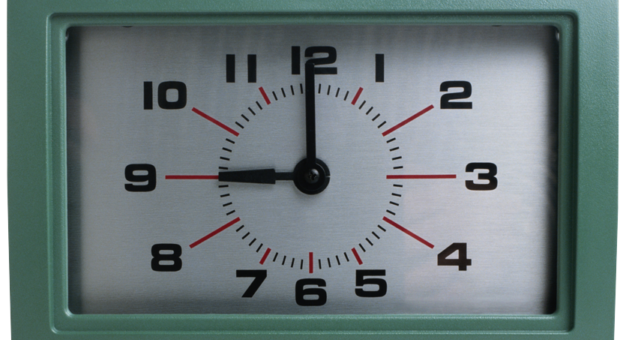
The U.S. Trade Representative is proposing additional tariffs of up to 25 percent on Chinese products covering 3,805 full and partial tariff subheadings with an approximate annual trade value of $300 billion. The proposed list covers essentially all products not currently covered by the Section 301 investigation, with the exception of pharmaceuticals, certain pharmaceutical inputs, select medical goods, rare earth materials, and critical minerals. The proposed list can be found at https://www.federalregister.gov/documents/2019/05/17/2019-10191/request-for-comments-concerning-proposed-modification-of-action-pursuant-to-section-301-chinas-acts.
As with previous lists, the USTR is providing interested parties the opportunity to participate in the proceedings, with the following deadlines being applicable.
June 10, 2019 – Due date for requests to appear at public hearing and summary of expected testimony.
June 17, 2019 – Due date for submitting written comments.
June 17, 2019 – Public hearing will begin at the U.S. International Trade Commission.
June ?, 2019 – Seven days after the last day of the public hearing – due date for submitting post-hearing rebuttal comments.
In commenting on the inclusion or removal of particular subheadings provided on the proposed list, the USTR requests that the commenters address the following:
- The specific tariff subheadings to be subject to increased duties, including whether the listed subheadings should be retained or removed, or whether subheadings not currently on the list should be added
- The level of the increase, if any, in the rate of duty
- The appropriate aggregate level of trade to be covered by the additional duties
- Whether imposing increased duties on a particular product would be practicable or effective in obtaining the elimination of China’s acts, policies, and practices, and
- Whether imposing additional duties on a particular product would cause disproportionate economic harm to U.S. interests, including harm to small- or medium-size businesses and consumers
Once the public notice, comments, and hearing review process is complete, the USTR will issue its final determination as to which, if any, of these products will also be subject to additional tariffs.
Customs Valuations Take Center Stage
With the real possibility that additional duties may be imposed on essentially all other Chinese products, we want to take this opportunity to suggest that now would be a good time to review the values that you are declaring to Customs for imported products. Many products have been unconditionally duty free for a number of years or enjoyed very low ordinary duty rates. This may have led to a certain amount of complacency in declaring dutiable values to Customs at time of entry. Customs valuation of your products is now center stage, and you can expect increased scrutiny from Customs in this area. Some of the common valuation issues include justifying transfer prices in related party transactions; proper declaration of “assists”; dutiability of royalty and license payments; and whether a lower dutiable value can be obtained under the “first sale rule.”
In addition, if importers haven’t done so already, then now would be a good time to explore using special tariff provisions or procedures that could reduce or eliminate the effect of the new duties. This could include making use of the temporary importations under bond (TIBs); foreign trade zones; bonded warehouses; duty drawback; and tariff engineering. Prior to the imposition of these additional duties, the expense and sometimes cumbersome nature of some these provisions discouraged their use. With 25 percent duties, these disincentives may no longer apply.
If you are interested in participating in the review process or appearing at the public hearing or if you are interested in obtaining further information about possible ways to reduce or eliminate the effect of the additional tariffs, please contact us at contact@fdaimports.com.

